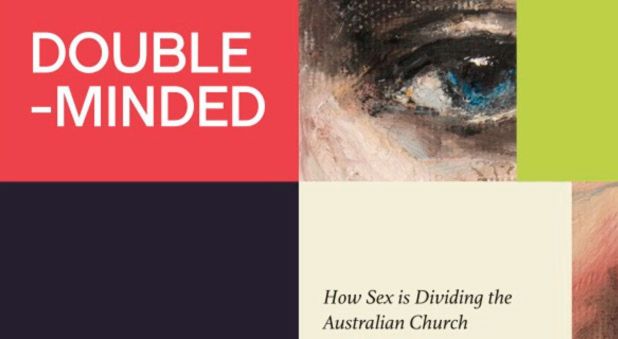Double-Minded: How Sex Is Dividing the Australian Church by Mark Durie (Deror Books)
If you want to know how and why sex is dividing the church, read this book.
It begins by showing how sexual identity has become the beating heart of how most Westerners understand themselves and their place in our world. This helps explain why our culture has clashed with the traditional teaching of the church on sex.
Yet, not all Christians agree on how to respond to this strange new world, and often there are clashes even within the same church. Some denominations have united in either supporting or opposing the modern view of the self, while others have disagreed among themselves in a painful war of words.
This is why it can be so difficult to know what “the church” really thinks about sex and identity, and why it’s even harder to understand why we don’t agree.
The answer, according to Mark Durie, is governance. In other words, the reason that some denominations are either united or divided is because of how the leadership and authority works within their church structures.
Some have a powerful, central leadership that enforces official teaching and behaviour, while other denominations place the centre of authority and discipline within each local congregation.
Anglicans have chosen to take a middle road, with defined leadership in each diocese, but with a looser relationship to others in the broader church fellowship.
These differences in governance help us understand why some denominations can speak with one voice, while others can’t seem to make up their mind. That’s why almost two-thirds of this book is devoted to explaining the differences between the Australian churches, and why they’ve landed where they have on human sexuality.
sexual identity has become the beating heart of how most Westerners understand themselves
Durie then offers a fascinating review of the attitudes of Australian churchgoers, comparing the official doctrines of each denomination with the beliefs and values of pew-sitters across the generations.
Finally, we see that this examination of governance structures and congregational surveys have formed a trajectory for Durie’s predictions about the future of Christianity and, in particular, the fate of our divided denominations.
For Australian Anglicans, he considers it “obvious and inevitable” that there will be “structural separation”, for it won’t be possible to sustain “mutually contradictory ethical approaches to sexuality”. He believes it is “inevitable that Australian Anglicans will drive apart, with the fault lines appearing between the dioceses in keeping with Anglicans’ episcopal polity” – while also recognising the “new home” that the Diocese of the Southern Cross will provide “for individual conservative congregations that find themselves in a progressive-trending diocese”.
It remains to be seen how the present shift towards orthodoxy will play out in General Synod in the coming years, but it seems inevitable that the future of the Anglican Church of Australia will need a dual approach that includes GAFCON. For, as Durie rightly observes:
“However much they may at one level grieve division, people in [GAFCON] look forward to the clarity and relief they hope division will bring. They do not want to be forever debating sexual ethics at the expense of focusing on the church’s mission.”
While other authors have charted the impact of expressive individualism and the sexual revolution, Durie provides a valuable and accessible analysis of what this means for the Australian church into the future, for those both inside and outside “the church”.
The Rev Jodie McNeill is rector of the parish of Jamberoo, and chairman of the GAFCON Australasia Brisbane 2024 Conference Committee.




















